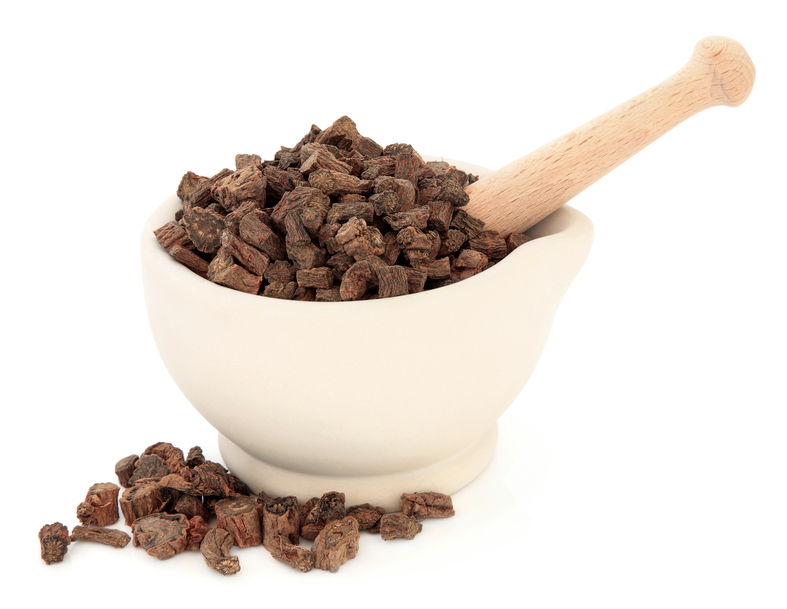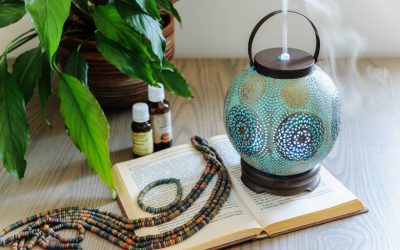The potential use of Chinese Danshen dripping pills to alleviate diabetic complications
To avoid hazardous side effects and promote homeopathic treatments for disease symptoms, herbs derived from traditional Chinese medicine practices are commonly utilized. As a pivotal and well-studied component of traditional Chinese medicine, Danshen dripping pills are known to contribute antioxidative qualities and protective effects on blood vessels by supporting normal blood flow.
Danshen is from the Chinese herb Salvia miltiorrhiza, and the root of the plant is utilized for medicinal purposes. Most commonly, Danshen is used to treat complications centered on the heart and blood vessels including circulation problems. However, this herb may also be applied to alleviate pain and discomfort caused by menstruation, skin irritation, liver disease, trouble sleeping, and heart tremors. Danshen functions to promote blood circulation and prevent clotting through blood thinning and vessel widening.
Danshen dripping pills are being subjected to clinical trials for cardiovascular uses, including the application to Diabetic retinopathy (DR) complications. Diabetic retinopathy is a symptom of diabetes, which consists of small aneurysms, hemorrhages, blood vessel formation, and leakage from blood vessels. These negative effects can ultimately lead to the onset of eye problems, manifested as varying degrees of vision loss or permanent blindness. This complication commonly affects 30% of diabetic patients, with 25% of those experiencing severe visual deterioration.
Fluctuations in blood sugar levels cause diabetic retinopathy, a trait common for metabolic disorders. Laser and surgical interventions are often employed for therapy, and antivascular endothelial growth factor drugs are used in clinical settings. These protective treatments are unsuccessful at reversing any damage insulted on the eyes, and they carry harmful effects with their usage. For this reason, homeopathic remedies must be investigated as an alternative to halt the progression of diabetic eye complications at a primary stage.
Thus far, this herbal medicine has proven to be safe and effective for treating DR. An additional clinical trial study was conducted in China to further test the effectiveness of Danshen on protecting blood vessels within the eye. Patients within a Japan-China Hospital with diagnosed DR and type 2 diabetes were recruited to participate in the study and were monitored for visual activity. The effectiveness of treating DR as well as the safety of use to organs such as the liver and kidneys, blood sugar levels, and urine sampling was also evaluated. The results displayed no significant difference between the Danshen pills and a control treatment of calcium dobesilate in improving the early stages or preventing DR conditions, though both did provide improvements to visual function at a rate of 71.43%.
Further research with larger sample sizes and additional control measures must be invested before Danshen dripping pills can be confirmed as a clinically sound treatment for diabetic complications. However, the antioxidant capabilities and blood flow mechanisms of Danshen dripping pills are established and provide promise for the utilization of this Chinese herb as an effective, homeopathic remedy for blood related complications.
Dan Luo, Yali Qin, Wei Yuan, Hui Deng, Youhua Zhang, and Ming Jin, “Compound Danshen Dripping Pill for Treating Early Diabetic Retinopathy: A Randomized, Double-Dummy, Double-Blind Study,” Evidence-Based Complementary and Alternative Medicine, vol. 2015, Article ID 539185, 7 pages, 2015. doi:10.1155/2015/539185



